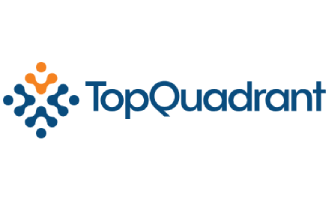TopQuadrant
Last updated on: 31st, Oct 2024

Company Info
Headquarter
NCSU Centennial Campus, 930 Main Campus Drive, Suite 300, Raleigh, NC 27606-5228, USATelephone
+1 919-300-7945Analyst Coverage :
TopQuadrant is a privately held software company. It is based in Raleigh, North Carolina, and was founded in 2001.
Connect with Us
Ready to Get Started
Learn how Bloor Research can support your organization’s journey toward a smarter, more secure future."
Connect with us Join Our Community

